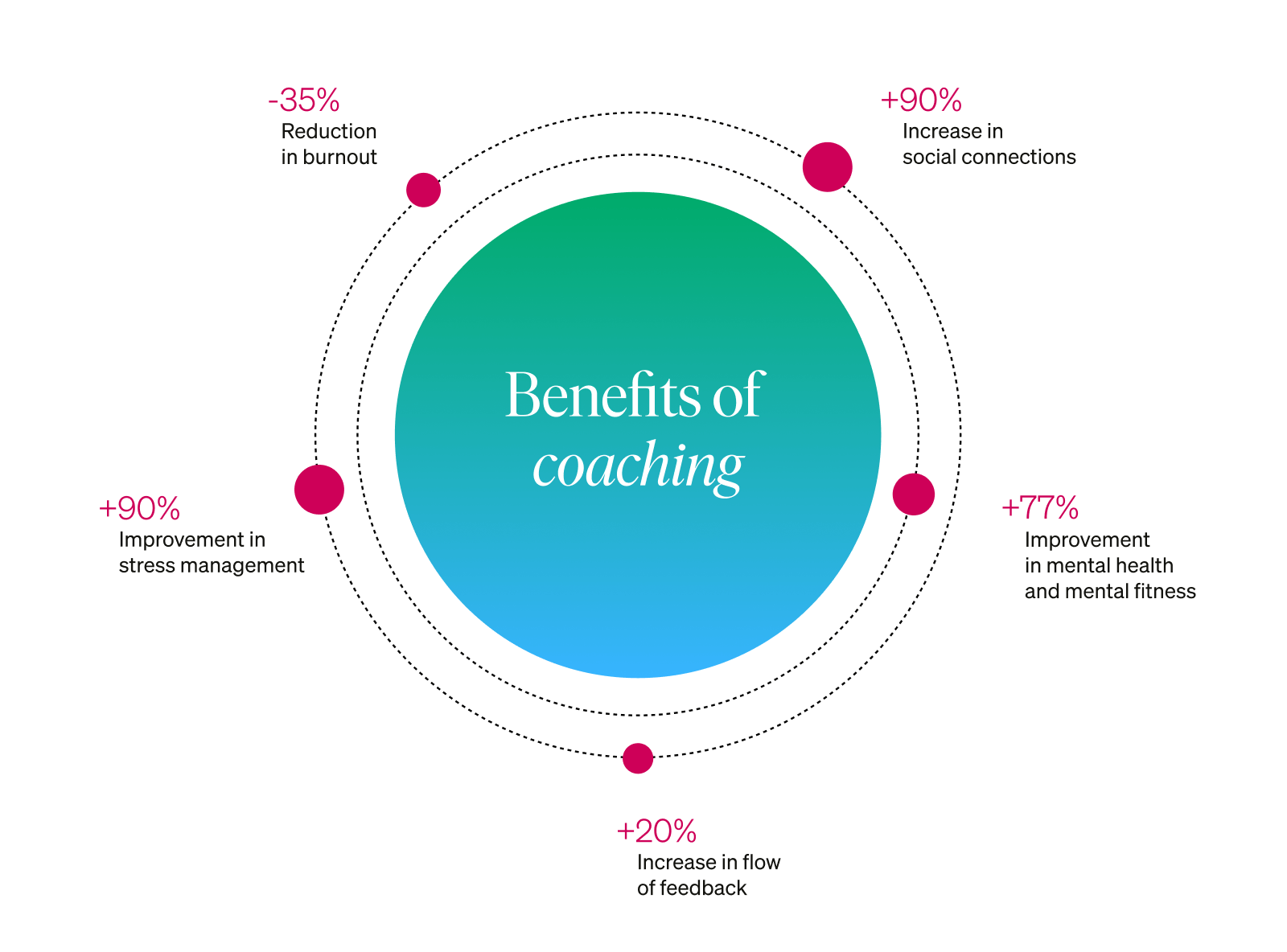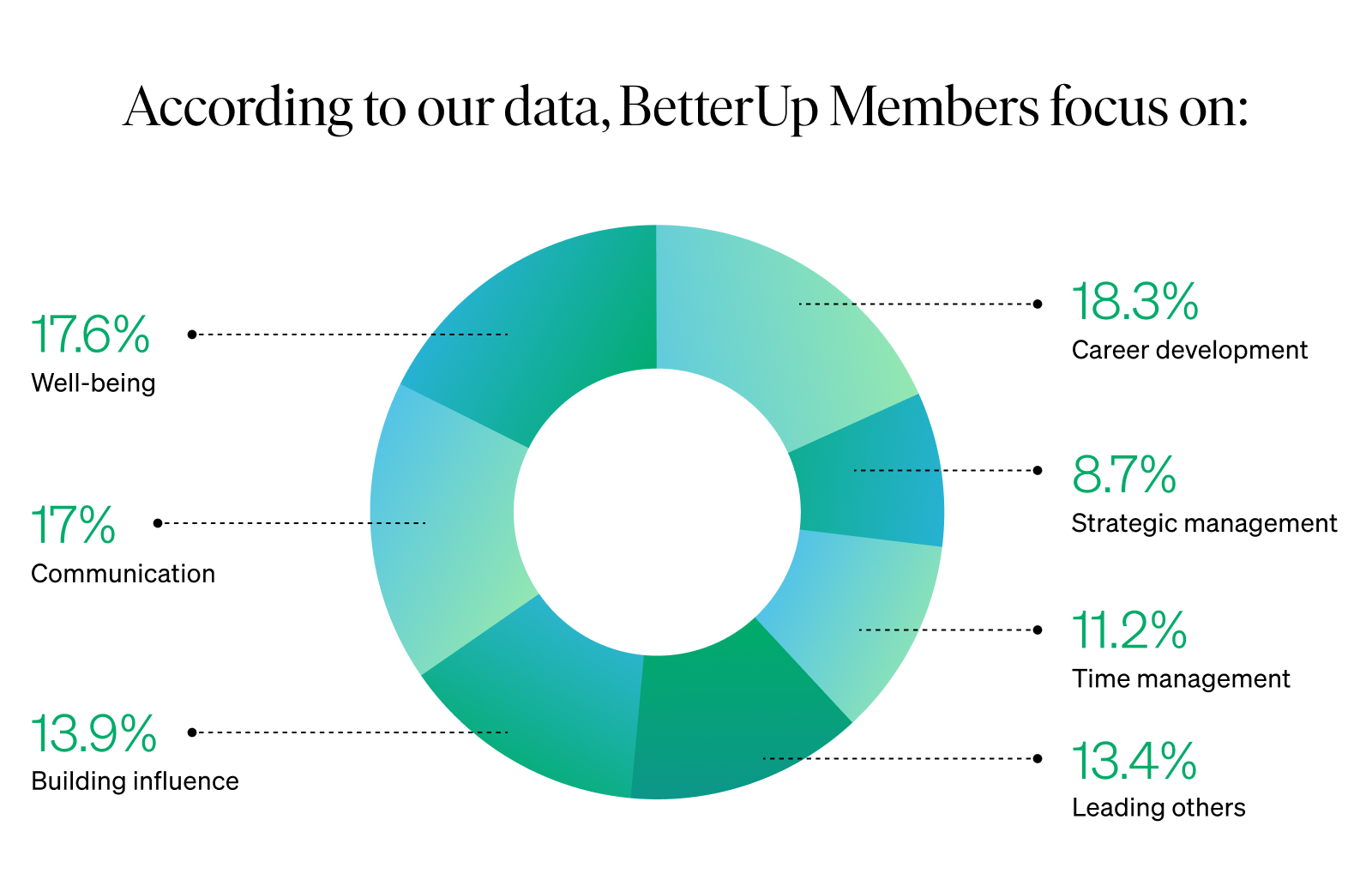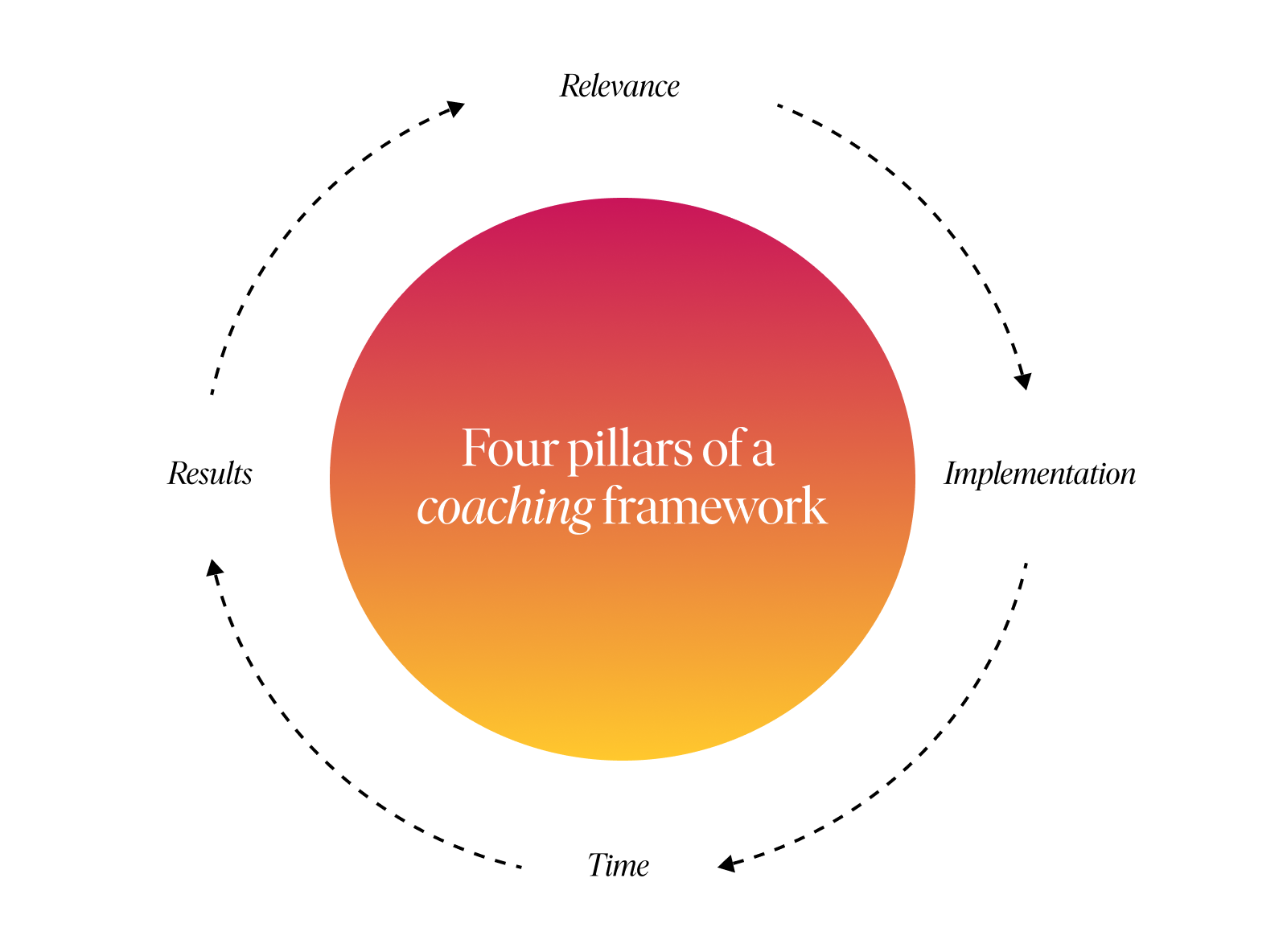Amid the unprecedented pace of change, we know people need support. In fact, the need for individual support for growth, development, mental health, and well-being may seem obvious. Everyone’s adaptability, focus, and motivation are being tested. Everyone’s adaptability, focus, and motivation are being tested. Overall, people's well-being and mental health are low. As a result, performance might be at risk, both personally and professionally.
But what specific type of support will address these needs? Maybe you or your employees need coaching, mentorship, or access to therapy and clinical care.
While all three can have a positive impact on individuals’ personal and professional lives, each manner of support is unique. However, there is some overlap which can make the landscape feel confusing.
Let’s dig into the differences between coaching, therapy, and mentorship.
- Coaching. Coaching helps individuals develop self-awareness, set goals, and proactively build skills. Coaching helps individuals to grow both professionally and personally.
Evidence-based coaching grounded in positive psychology can also build mental fitness skills. These learned skills ultimately help to supplement mental health care and improve well-being. Coaching generally helps focus on the present and the future, not the past.
- Therapy. Therapy is clinical mental health care to help individuals manage and reduce symptoms of mental illness. Therapists are licensed by the state and have a Master’s degree along with state credentialing.
Unlike coaching which focuses on the here and now, therapy focuses on healing the past. Therapy treats mental health conditions, and helps with personal and family issues. When considering coaching vs. therapy, think of what type of clinical or mental health support you or your employees may need.
- Mentorship. Mentorship is a relationship focused on career and professional growth. Oftentimes, mentors consult and advise on professional challenges. They can also help encourage new ways for mentees to grow and develop in their careers.
Mentors help facilitate connections and build social capital. When determining whether you or your employees need a coach or a mentor, think about a multi-pronged approach. By doing you, you can help support employee development.
There are differences between coaching, mentorship, and therapy or counseling. Yet all three provide support to the individual. Some people might need all three in their corner while others might choose one or two.
22f1.png)



22f1.png)



 With these four pillars as your guide, how might you see a culture of coaching in your organization?
With these four pillars as your guide, how might you see a culture of coaching in your organization? 



